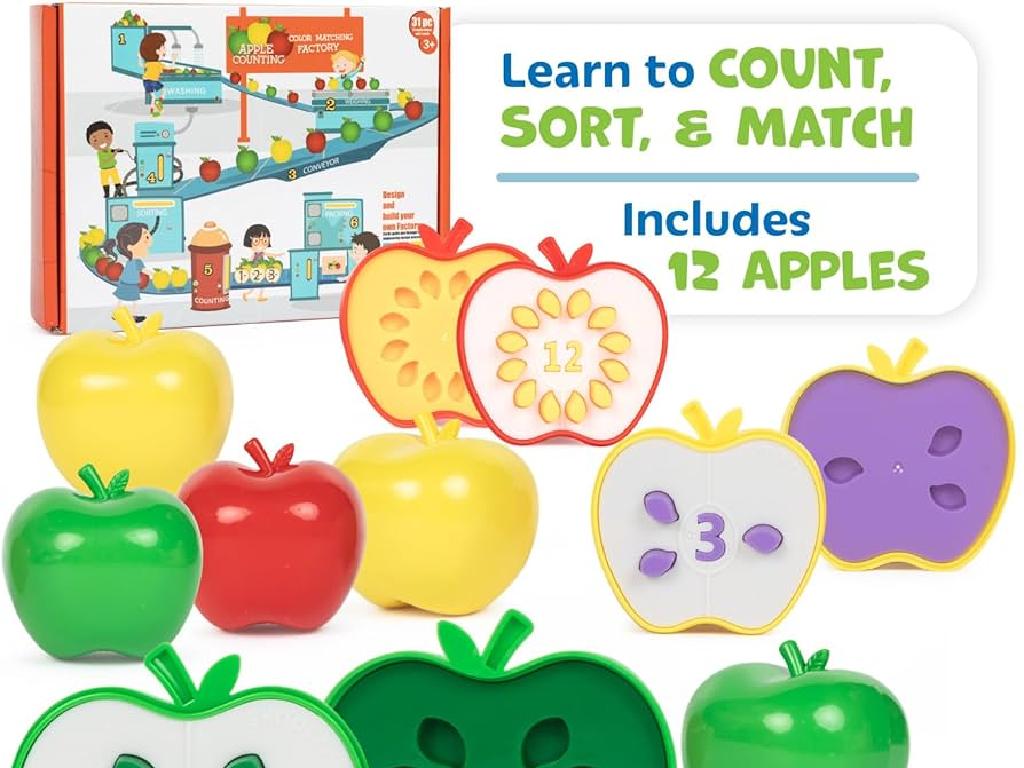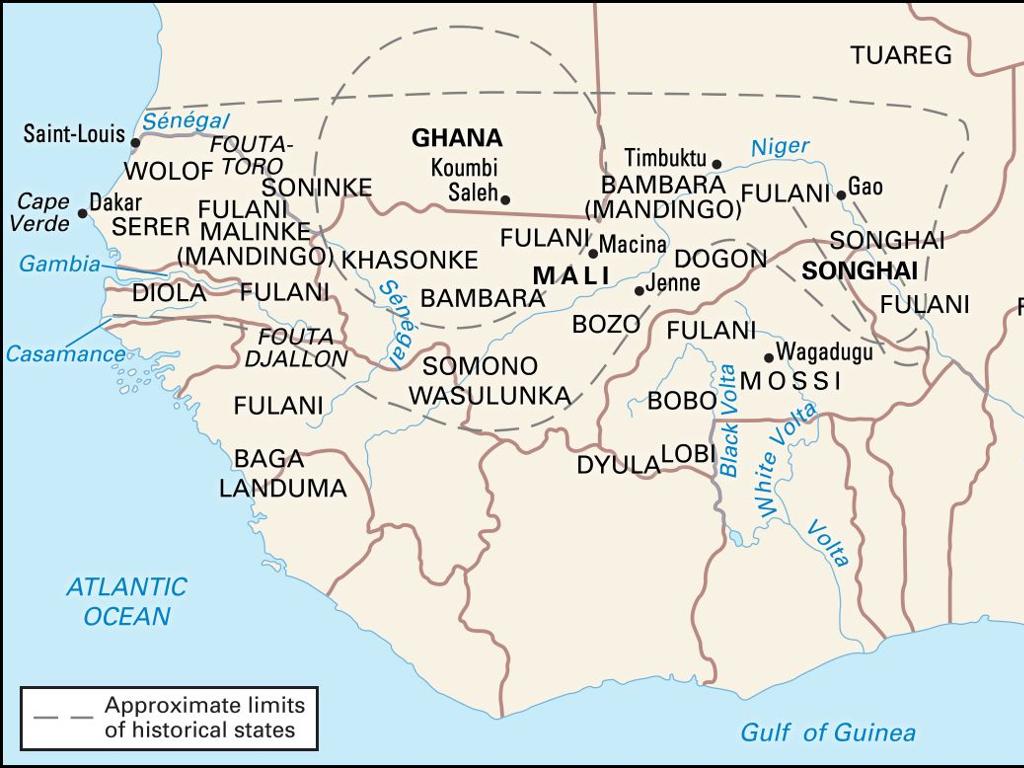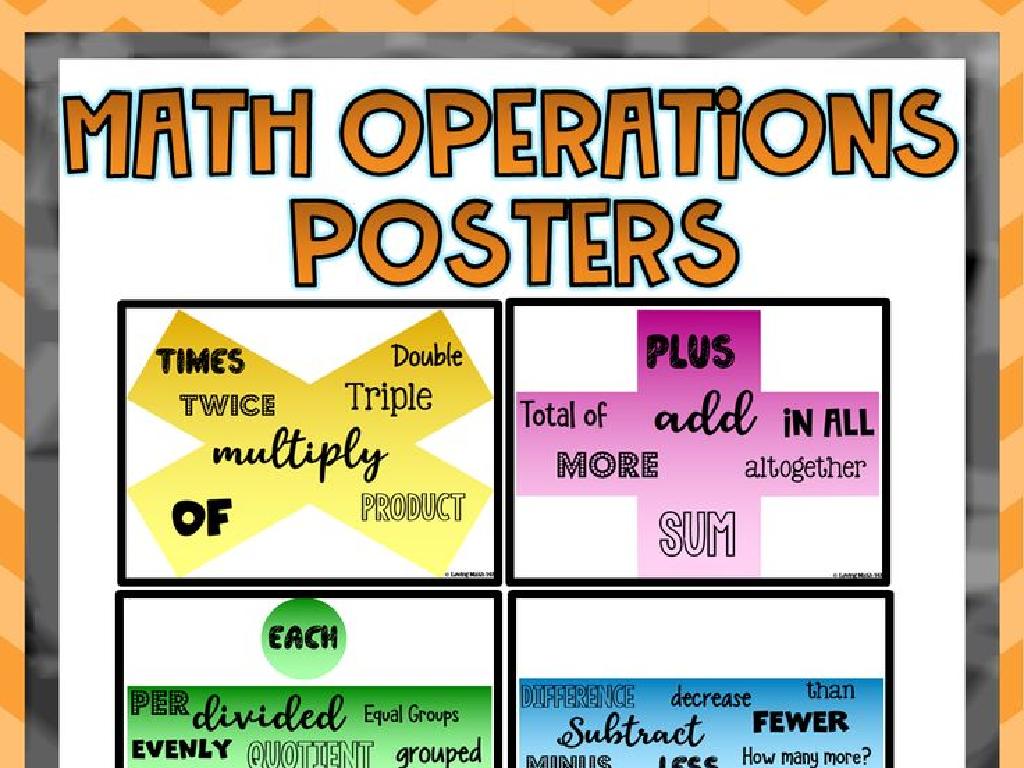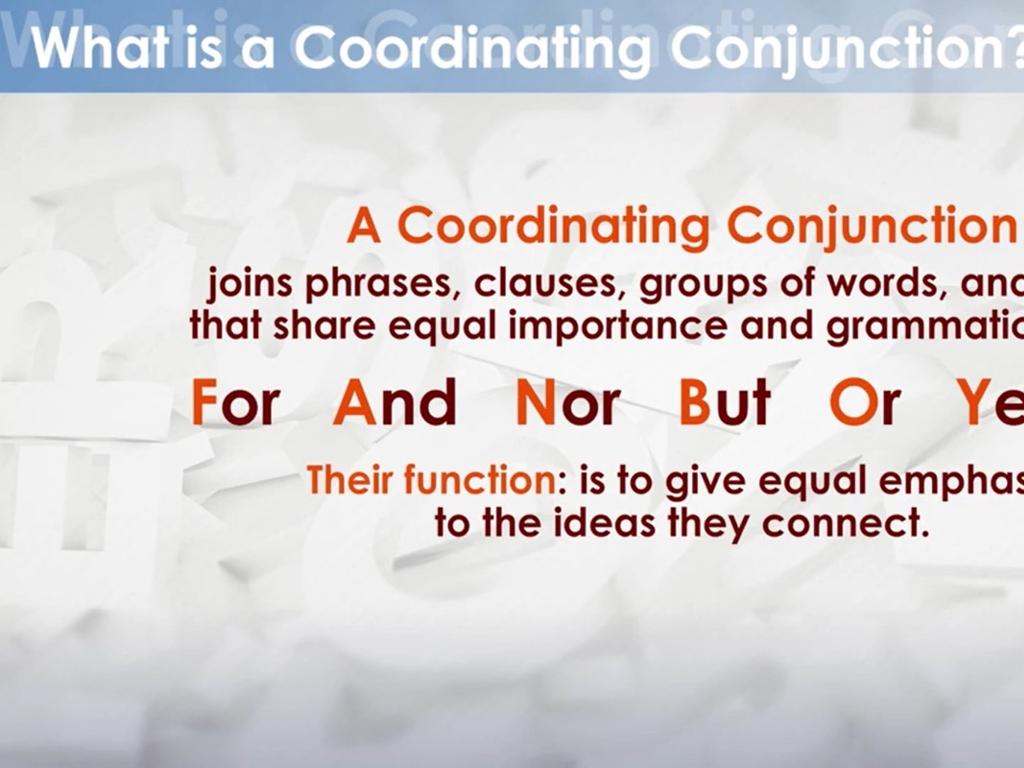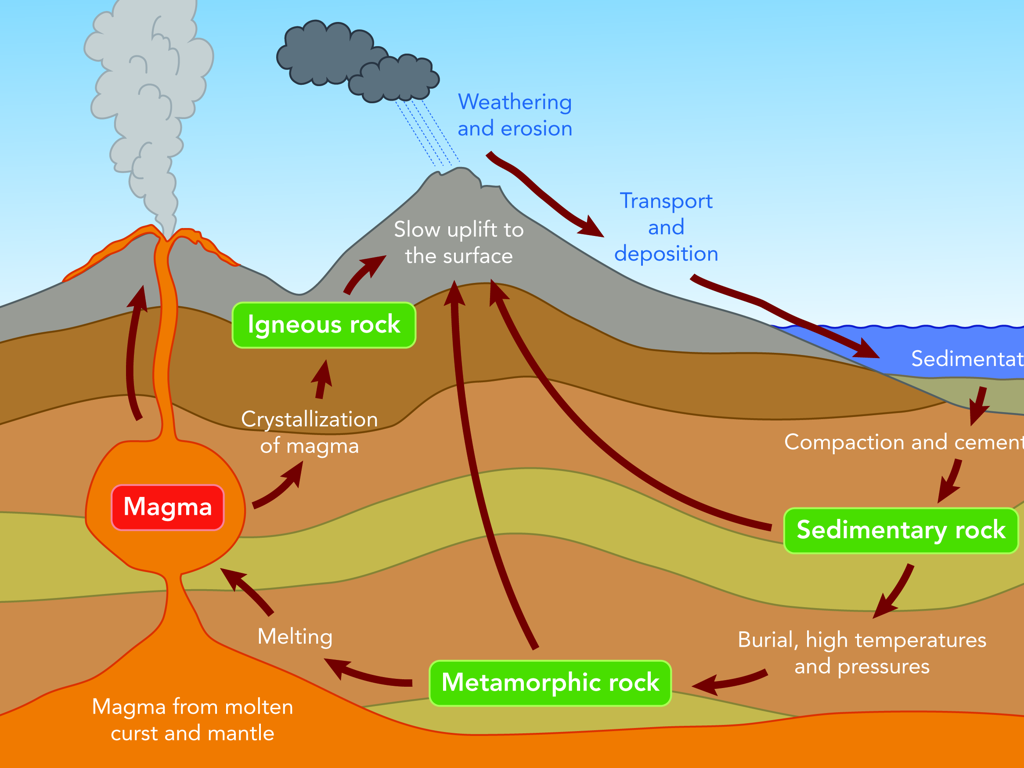Build Cube Trains To Measure Height
Subject: Math
Grade: Kindergarten
Topic: Measurement
Summary: Introduce Kindergarten students to measurement by using cube trains to explore height in a fun, hands-on way. Children learn to stack and count equal-sized cubes alongside classroom objects, building foundation math skills through comparison and recording results. Through collaborative games and activities, students actively measure, share findings, and celebrate their new ability to understand how tall things are. This engaging approach nurtures both math confidence and real-world problem-solving skills.
Please LOG IN to download the presentation. Access is available to registered users only.
View More Content
Welcome to Measurement!
– Learning to measure
– Understanding measurement
– To find out how long or tall something is
– Using cube trains
– Stacking cubes to compare heights
– Measuring height
– We’ll see how tall objects are with cubes
|
This slide introduces the concept of measurement to Kindergarten students. Start by explaining that measuring is a way to find out how long or tall something is. Use simple language and real-life examples that they can relate to, like comparing the height of a stack of blocks to a toy. Introduce cube trains as a hands-on tool for measuring height, and explain that they will be using these cube trains to measure different items in the classroom. Encourage the children to ask questions and express what they think measuring is. The activity will involve the students using cube trains to measure various objects, fostering a tactile and visual understanding of the concept of measurement.
Exploring Measurement: How Tall Is It?
– Understanding measurement
– Measurement tells us the size or amount
– Different ways to measure
– We can measure length, width, and height
– Today’s focus: Measuring height
– Height tells us how tall something is
– Using cube trains for height
– Cube trains can show us how tall objects are
|
This slide introduces the concept of measurement to Kindergarten students, focusing on understanding what measurement is and its various aspects. The goal is to explain that measurement can help us find out the size of something, whether it’s how long, wide, or tall an object is. Today’s lesson will concentrate on height, helping students understand how to measure how tall objects are using cube trains. Cube trains are a hands-on tool that allows students to stack cubes to compare heights visually and tangibly. Encourage the students to think about things they would like to measure and prepare for a class activity where they will use cube trains to measure different items.
Meet the Cube Trains
– Cube trains are like building blocks
– Each cube is equal in size
– Same-sized cubes ensure accurate measurement
– Measuring heights with cube trains
– We’ll stack cubes next to items to measure them
– Stack cubes to compare heights
– See which item is taller by the number of cubes
|
Introduce cube trains as a fun and interactive way for kindergarteners to learn about measurement. Explain that each cube train block is the same size, making it perfect for measuring objects. Demonstrate how to stack the cubes next to an item to measure its height. Encourage the children to predict how many cubes tall an item might be before measuring. Activities can include measuring classroom items, comparing the height of different objects, and even measuring each other in a playful manner. This hands-on approach helps children grasp the concept of measurement and comparison in a tangible and engaging way.
Building Cube Trains to Measure Height
– Practice building a cube train
– Stack cubes one by one
– Place cubes gently on top of each other
– Count each cube in the train
– Say the numbers out loud as you count
– Measure height with cubes
– Compare the cube train’s height with objects
|
This activity is designed to introduce Kindergarten students to the concept of measurement using a hands-on approach. By stacking cubes, they will visually and physically understand how to measure height. It’s important to guide them to stack the cubes carefully, one on top of the other, to ensure accuracy. Encourage them to count aloud each cube as they add it to their train, reinforcing both counting skills and the concept of measuring. After building their cube trains, students can compare the height of their trains with various objects in the classroom. This will help them relate the abstract concept of measurement to real-world objects. Prepare to assist students who may have difficulty stacking or counting, and have a variety of cube colors to make the activity engaging.
Measuring Height with Cube Trains
– Stand cube train next to an object
– Count cubes to measure height
– If an object is 5 cubes tall, it means it has the same height as 5 cubes stacked one on top of the other.
– Start stacking from the bottom
– Always begin at the very bottom and place one cube on top of another until you reach the top of the object.
– Make sure cubes are lined up straight
– Cubes should be placed directly on top of each other without any gaps or overlaps to get an accurate measurement.
|
This slide is designed to teach Kindergarten students the concept of measuring height using cube trains. The activity involves stacking cubes next to an object to determine how many cubes tall the object is. It’s crucial to emphasize starting from the bottom and ensuring the cubes are aligned properly for an accurate measurement. Teachers should demonstrate this process with a real object and cube train, then allow students to practice with various items. Possible activities include measuring classroom objects, comparing heights of different objects, and even measuring each other with the cubes. This hands-on approach helps students understand measurement in a tangible and interactive way.
Let’s Measure Together!
– Find an object to measure
– Measure with cube trains
– Stack cubes one on top of another next to the object
– Count the cubes used
– Carefully count each cube in the train
– Share your findings
– Tell the class how many cubes tall the object is
|
This activity is designed to introduce Kindergarten students to the concept of measurement using cube trains. Teachers should guide the students to select an object in the classroom that can be measured with the cubes they have. Demonstrate how to align the cubes next to the object without gaps or overlaps. Encourage careful counting and ensure that each student understands that the number of cubes represents the height of the object. After measuring, each student will have the opportunity to share their results with the class, fostering a collaborative learning environment. Prepare to assist students who may struggle with stacking or counting, and consider grouping students so they can help each other. Possible objects to measure could include a book, a chair, or a small table.
Class Activity: Measuring Fun!
– Measure classroom objects
– Build a cube train with a partner
– Use colorful cubes to make a train
– Measure 3 objects with cubes
– Find objects and stack cubes next to them
– Record the number of cubes tall
– Write the cube count for each object
|
This activity is designed to introduce Kindergarten students to the concept of measurement using a hands-on approach. Provide a variety of stackable cubes and pair up the students. Demonstrate how to build a ‘cube train’ by stacking cubes end to end. Then, guide them to select three different objects in the classroom to measure. Encourage them to carefully stack the cubes next to each object to find out how tall it is in cubes. Have them write down or draw the number of cubes for each object. Possible objects to measure could include a book, a chair, or a small plant. This activity will help students understand the concept of height and length in a tangible way.
Review and Share: Measuring Adventures
– Discuss our measurement journey
– Share tall and short discoveries
– Did you find something taller than you or as small as your toy?
– Celebrate our cube train measuring
– Reflect on what we’ve learned
– Think about how we used the cubes to measure different items.
|
This slide is meant to recap and reinforce the day’s learning experience. Start by engaging the students in a conversation about the items they measured using cube trains. Encourage them to think about the size of the objects they measured and to share their findings with the class. Highlight the importance of measuring and comparing lengths in a way that’s understandable for Kindergarten students. Praise their efforts in using cube trains to measure and understand the concept of height. Use this opportunity to assess their comprehension and to celebrate their achievements. This discussion will help solidify their understanding of measurement and prepare them for more complex concepts in the future.
Great Measuring Work Today!
– Celebrate your measuring success
– You’ve learned an important math skill today!
– Understanding measurement
– Measuring tells us the height, length, or size of things.
– Applaud for our measuring skills
– Let’s clap for ourselves for learning to measure!
|
This slide is meant to conclude the lesson on measurement with a positive reinforcement for the students. It’s important to celebrate their achievements and reinforce the concept that measuring is a way to determine the height, length, or size of objects. Encourage the students to feel proud of what they’ve learned and to understand that measuring is a valuable skill in everyday life. The teacher should lead the class in a round of applause, making the students feel accomplished and excited about their new skill. This positive reinforcement helps to build their confidence and encourages them to apply their new knowledge in practical situations.

